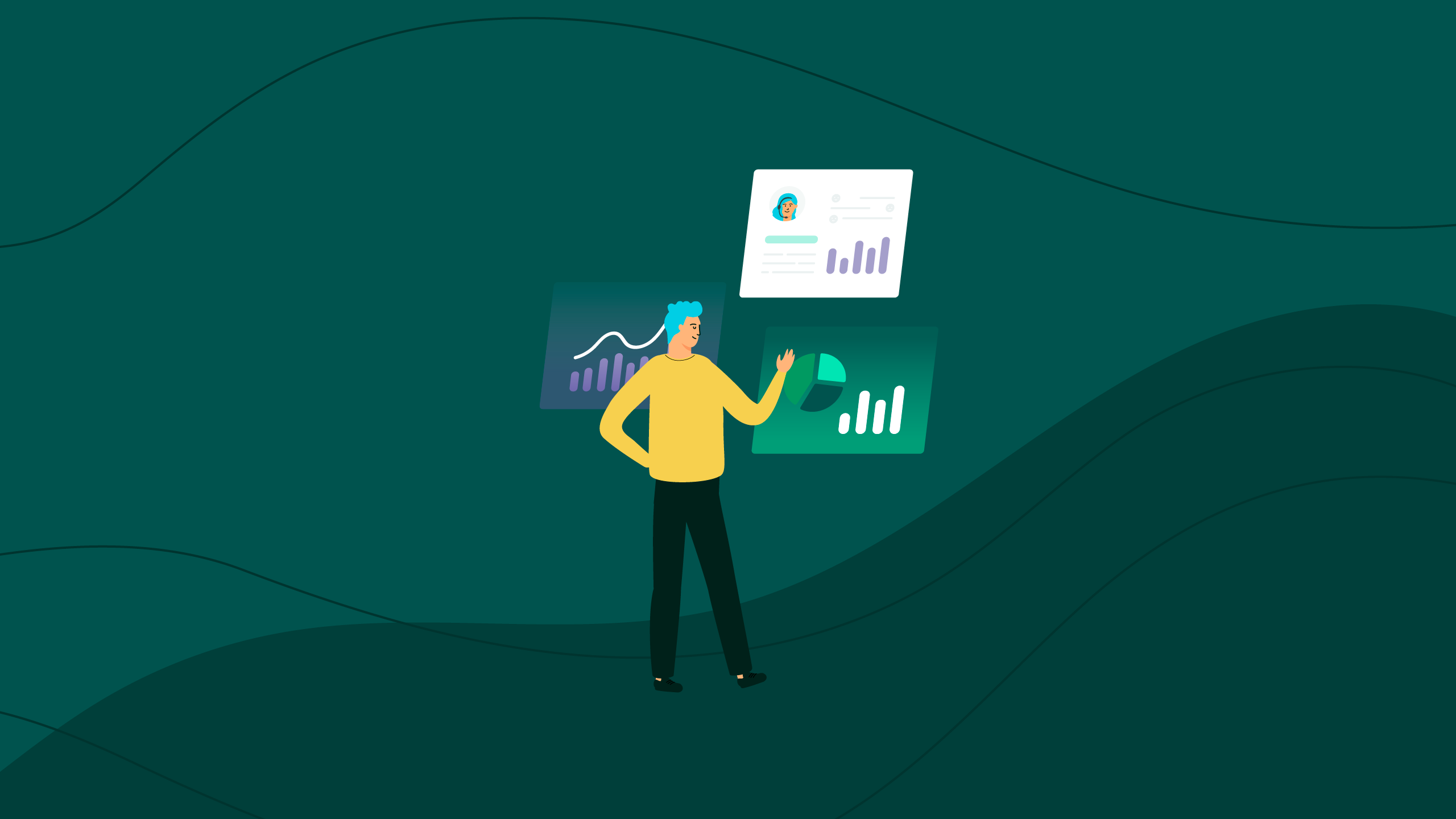9 Must-Have KPIs For Customer Service Managers
As a customer service manager, you’re responsible for driving your agents to deliver the best CX in every single interaction.
That’s a pretty tall order, considering your call center takes hundreds or thousands of calls every week, but enough bad experiences will chase almost half of loyal customers to a competitor. Can you afford to risk losing 50 percent of your audience?
No business can.
So, how can you make sure your agents leave customers satisfied? It’s simple — monitor their work as part of an ongoing quality assurance program.
How do you do this? You create a strategy based on Key Performance Indicators (KPIs), measuring performance across multiple channels. Sounds daunting?
Don’t worry, join us as we inspect the nine must-have call center customer service manager KPIs.
What is a Customer Service KPI?
Let’s define call center KPIs in customer service before we dive into the 9 must-haves.
A Key Performance Indicator is a measurable value you can use to track how certain individuals, teams, or your entire business are performing. A quality assurance program revolves around evaluating employees’ work through monitoring calls, reading live-chat transcripts, and delivering feedback.
Your call center KPIs should have a direct relation to the quality of your customers’ experience, whether that’s through the time they’re waiting on hold, the way your agents speak to them or the number of calls they have to make before resolving their problem.
Hitting your KPIs can boost customer satisfaction, which increases retention and call center ROI.
1. Call Abandonments
The best call centers give customers no reason to abandon their interaction, though it can still happen for reasons beyond the business’ control. For example, the caller’s doorbell might ring when they’re expecting a visitor or their phone battery could die.
But even with that variable, call abandonment is still one of the must-have call center KPIs because it lets you know how many interactions you miss. You can assess other data alongside this to identify why calls may be abandoned. Are customers left on hold too long, or are your agents incompetent?
2. Average Handling Time
The longer agents spend on one interaction, the less time they have for others. And that’s a problem.
As a customer service manager, equip your team with the training, tools and resources to resolve calls quickly. High productivity is crucial to minimize waiting times for customers and ensure as many people as possible receive the help they need.
Listening to call recordings lets you see why interactions drag, and how you can streamline them.
3. Active Waiting Calls
This metric goes hand-in-hand with the two covered above. The active waiting calls KPI lets you track how many people are waiting in your queue, and whether your productivity levels are as good as they should be.
Your agents should get through as many interactions as they can, without rushing customers or ending calls before answering all their questions. Monitor your active waiting calls meter and focus on boosting efficiency, to reduce the number consistently.

4. Customer Satisfaction Score
Measuring your Customer Satisfaction (CSAT) score is essential to keep track of how well your call center is achieving its goals.
You can do this by asking customers to complete a brief survey after interactions, inviting them to rate the service they receive between 1 and 10. They have no reason to be dishonest, and their responses will give you a clear insight into your agents’ performance.
5. Net Promoter Score (NPS)
Measure your NPS to see how many customers are satisfied enough to recommend your services to a friend or relative. As with the CSAT, invite customers to rate their experience after a call or live chat from a score of 1 to 10. The better your average NPS, the better your call center ROI is likely to be.
Anything from 9 to 10 can be considered a promoter, 6 to 8 are passive and 0 to 6 are detractors. Look at the other KPIs for interactions, resulting in low scores to see what factors are to blame.
6. Cost Per Call
This customer service KPI is easy to overlook, but it matters. It really, really matters.
Why? Because your agents don’t work for free. Your phone equipment isn’t free. Your computers, software, electricity and offices aren’t free. There’s a cost involved for everything.
Measuring your cost per call helps you keep your operating expenditure to a manageable level, going beyond your budget. Establish a target amount per call and aim to reach.
Optimizing your cost per call will have a positive impact on your call center ROI. Be patient, though, don’t make impulsive, drastic cuts.
7. Average Response Times
This customer service KPI measures how accessible your team is and how long consumers can expect to wait before they receive the help they need.
How important is this? Very. A survey revealed 90 percent of consumers believe an immediate response is vital when they have a question related to customer service.
That should be incentive enough to get your average response times as short as can be.
Remember various factors may affect response times, such as the complexity of issues dealt with, agents’ efficiency, the quality of your software and the process customers go through (such as choosing a department from an automated list).
8. Call Resolution Rates
Resolving customers’ problems should be in one interaction. First call resolutions reflect an efficient, productive team with the product/service knowledge to help every consumer.
Having to make a repeat call to a call center is frustrating, especially if that’s because of employee incompetence. Aim to increase your first call resolution rate and you’ll gain more trust from customers with the potential to increase retention.
Call center ROI may improve over time too, as satisfied consumers become promoters and tell others about the quality of your service.
9. Peak Hour Traffic
Every call center has its busy times and quiet times. As a customer service manager, you must identify when these occur so you can optimize your scheduling.
Make sure you have a full workforce in play during peak hours, no matter when they fall. For example, if you receive more calls between noon and one, balance lunch breaks to ensure you’re not ill-equipped to accommodate demand.
Likewise, consider reducing the number of staff in the office during those quieter periods to minimize unnecessary costs.
Conclusion
These nine must-have call center KPIs for customer service managers achieve a higher standard of performance, increase customer experience and gain greater call center ROI.
Call center ROI is pivotal to keep your team firing on all cylinders, the more money you generate, the more you must spend on staff, software and equipment. You can even channel these into creating rewards for your high achievers, implementing incentives to drive growth.
Measure the KPIs explored above as part of your quality assurance program and keep tweaking your employees’ working processes and habits to benefit the customer. In your own experience, which customer service KPIs are most important for managers and why?






